- A major political and environmental dispute is heating up as the forestry industry and governments promote forest biomass — cutting trees, turning them into wood pellets, and burning them to make electricity. They claim the science shows biomass to be sustainable, with the energy produced resulting in zero emissions.
- Forest advocates and many researchers sit squarely on the other side of the argument, providing evidence that forest biomass is destructive to forests and biodiversity, is dirtier than coal, and destabilizing for the climate. Moreover, they say, the carbon neutrality claim is an error that will greatly increase carbon emissions.
- These diverging viewpoints are colliding this week as the European Commission wrangles with revisions to its legally binding Renewable Energy Directive (REDII), with recommendations to the European parliament due this Wednesday, July 14, Analysts say the EU rules counting biomass as carbon neutral are unlikely to change.
- In this exclusive story, Mongabay provides a review of the science on both sides of the forest biomass debate, summarizing key studies and reports, and providing links to these primary sources to help readers decide for themselves.
In a rare interview in December 2019, the CEO of the world’s largest company that burns woody biomass to generate electricity stressed how his immense wood pellet-fired power plant — United Kingdom-based Drax — is good for forests.
“I have a very, very clear view of this,” Will Gardiner told Mongabay at the United Nations climate summit in Madrid (COP25). “It is absolutely better to use biomass than coal. The wood pellets we use come from forest ecosystems that are regrown.
“Fundamentally, we are part of a system that is helping forests to grow and prosper. A mature forest ends up bouncing off, and doesn’t capture more carbon. A managed forest that keeps growing continues to capture more carbon,” he said.
Gardiner’s view is essential to the booming forest biomass industry which positions itself as a vital part of the solution to the climate change crisis. His claims are also meant to counter forest advocates who decry the outsized negative impacts they say wood pellet production and burning is having on global forests, biodiversity, the climate and efforts to curb carbon emissions.
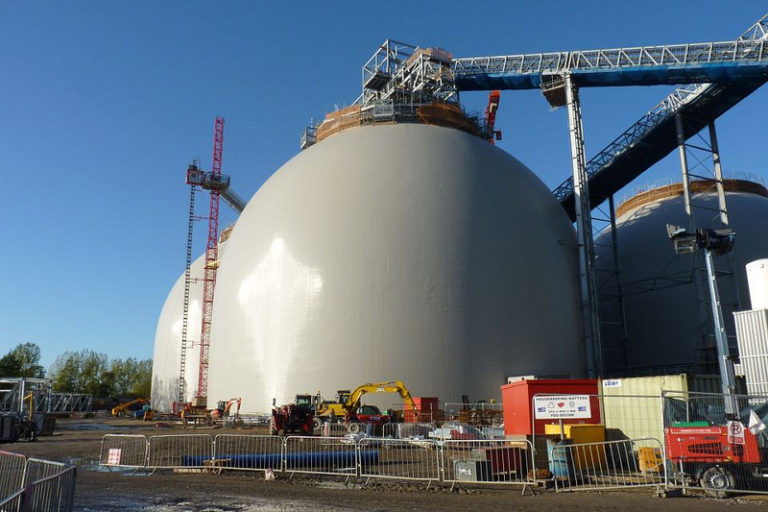
These forest advocates say that cutting down trees and burning them to make energy is bad climate policy, should neither be subsidized by government, nor be aided by forest industry-friendly regulations. They also say that burning wood pellets is dirtier per unit of electricity than burning coal, and that natural forests are best left standing to sequester carbon and harbor the wildlife needed to keep forests thriving.
The forestry industry says the opposite, maintaining that burning wood is better for the environment than burning coal for energy and heat, and that logging natural forests is good for them because newly planted trees sequester more carbon than mature trees. They also say that forest biomass is both sustainable and carbon neutral.
Both viewpoints are supported by dozens of peer-reviewed scientific papers, with the findings evaluated in this story which also provides links to some of the research to help Mongabay readers decide for themselves.

Forest biomass: A booming industry
It’s important to note that Gardiner’s arguments on behalf of the biomass industry remain popular, perhaps even persuasive, among European policymakers, and with politicians in the U.S., Canada, Japan, and around the globe. The reasons range from the economic to the political.
The industrial-scale wood pellet industry — virtually nonexistent 15 years ago — now generates billions annually for several large corporations. These firms are major taxpayers in the poor, rural communities where their $100-million pellet plants are typically located, creating a modest number of jobs.
A primary reason for this rocketing growth: United Nations and EU policies classifying woody biomass as a “carbon neutral” renewable energy source has encouraged countries to convert coal-fired power plants to burn biomass, requiring them to spend less on new wind and solar installations in order to meet their emissions-reduction mandates.
Economics and politics aside, the climate benefits of burning wood pellets instead of coal have been challenged since 2009 when Science published a study titled, “Fixing a Critical Climate Accounting Error.”
Researchers concluded then that “The accounting now used for assessing compliance with carbon limits in the [1997] Kyoto Protocol and in climate legislation [put in place since then] contains a far-reaching but fixable flaw that will severely undermine greenhouse gas reduction goals [if that error isn’t repaired]. It does not count CO2 emitted from tailpipes and smokestacks when bioenergy is being used.”
The study, rather than altering forest biomass policy, ignited an ongoing global dispute.
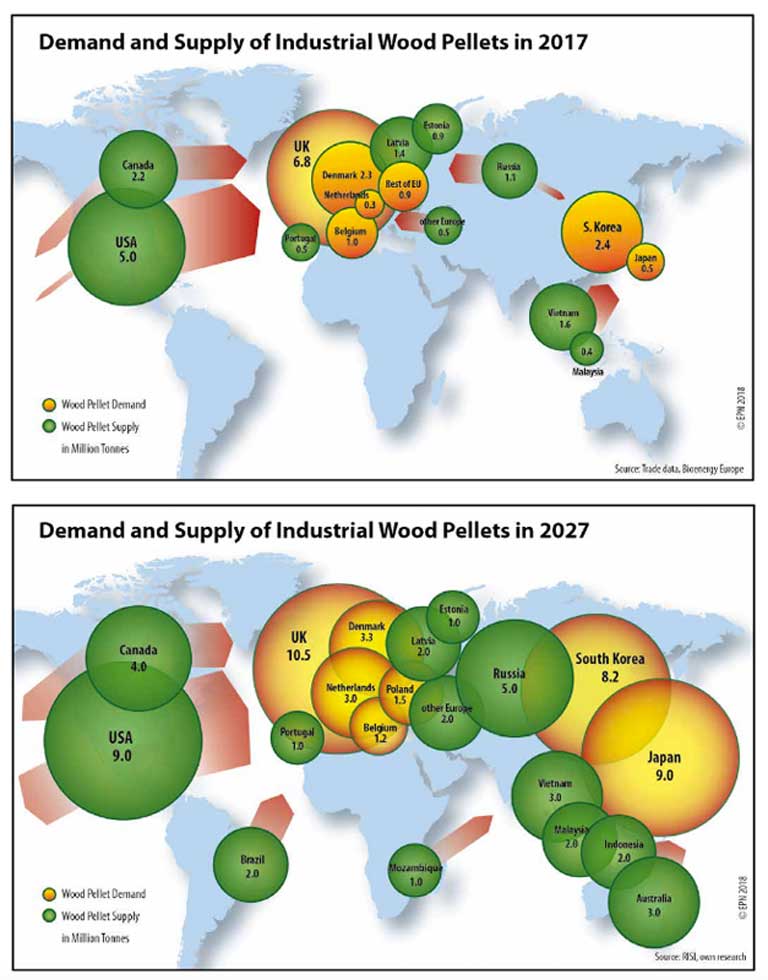
A debate vital to the future of the EU and Earth
Whatever one’s position, the biomass industry impetus to supply this “clean energy” is gaining momentum as it receives multimillion-dollar governmental subsidies and regulatory support, with that trajectory not likely to shift any time soon.
Case in point: as the European Commission wrangles in Brussels with possible revisions to its legally binding Renewable Energy Directive (REDII) — with recommendations to the European parliament due by July 14 — the EU rules regarding biomass seem unlikely to change.
Relentless pressure from global forest advocates to at least stop pelletizing whole trees in the Southeast U.S., Western Canada and Eastern Europe — which make up half of the millions of tons of pellets produced annually and burned in the EU — has yielded little result among EU policymakers relative to REDII, sources say.
At present, 60% of the EU’s renewable energy mix comes from burning wood pellets, up from 40% in 2014. The EU is the world’s largest wood pellet market, consuming nearly 31 million metric tons in 2020, up 7% over 2018’s 29 million metric tons.
Increased global usage is expected as well, especially as Japan and South Korea plan a shift from coal burning to woody biomass.
“The EU is making a political decision when it comes to [forest] biomass,” said U.S. forest ecologist Mary Booth, who has been lobbying EU leaders for years to change its biomass policies. “They are not paying attention to the science.” In February 2021, more than 500 scientists and economists backed this anti-biomass burning point of view in a scientific appeal to EU leaders.
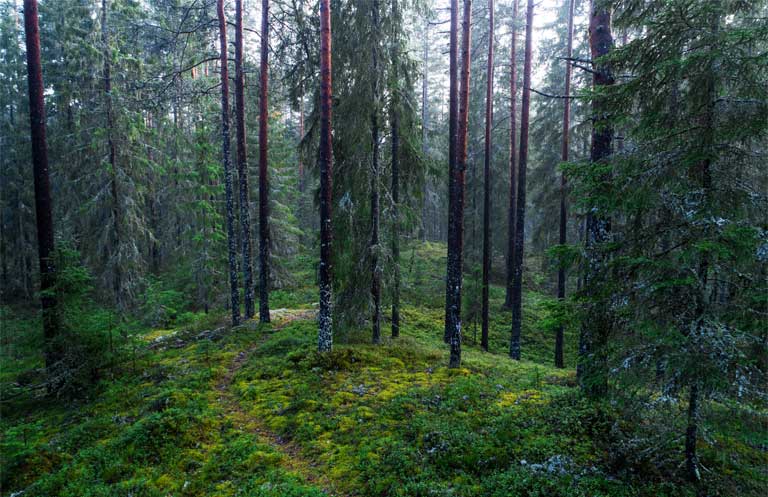

Pro-forest biomass view: Logging is good for forests and the climate
The pro-biomass side has pointed to research of its own. They also wrote to the same EU leaders in February, urging them to develop bioenergy policies “based on sound and relevant science.” In support of their viewpoint, they attached a 2014 study published in the Journal of Forestry that reviewed more than 135 scientific peer-reviewed articles exploring “forest bioenergy and carbon debts” and favoring the growing use of biomass.
The study’s key finding: “As long as land remains in forest, long-term carbon mitigation benefits are derived from sustainably managed forests that provide an ongoing output of wood and other biomass to produce long-lived products [like timber] and bioenergy, displacing GHG [greenhouse gas]-intensive alternatives [like coal].”
For biomass advocates, a lot hangs on the word “sustainably.” It conjures positive images of loggers carefully entering forests and precisely harvesting only select trees, while leaving most of the forest canopy intact, or only removing wood waste to be pelletized.
However, investigations by environmental NGOs, including the Dogwood Alliance, Biofuelwatch and Fern, paint a different picture, documenting large clear cuts of natural and old-growth forests, with thousands of whole trees, known as “roundwood,” piled at pelletizing plants.
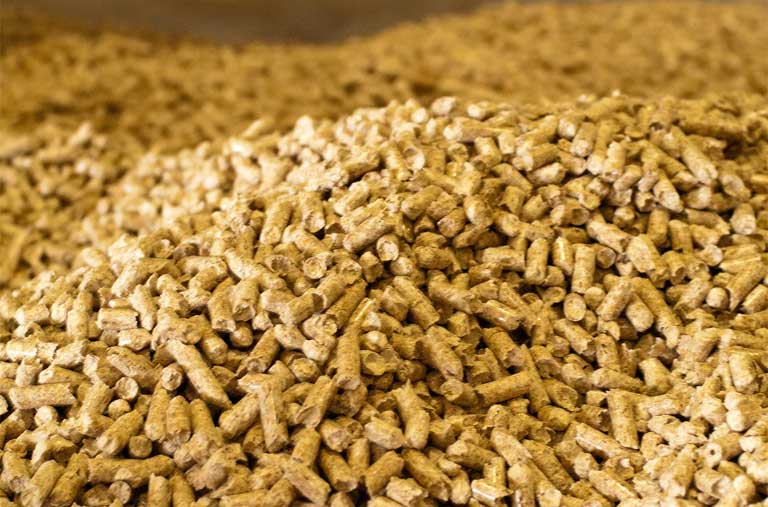

So does a sustainably managed forest — presumably replanted as trees are cut — provide wood pellets for bioenergy while not reducing, or possibly even increasing, a forest’s carbon-sequestration capacity?
A 2018 study by IEA Bioenergy, an energy policy advisory organization to the EU, said yes: “Carbon losses [through harvest] in some stands are balanced by carbon gains [growth] in other stands, so that across the whole forest landscape, the fluctuations in carbon stock even out.”
The study also noted: “Unharvested forests have declining carbon uptake over time because growth rates diminish as forests get older and approach maturity, or high tree density constrains further growth.”
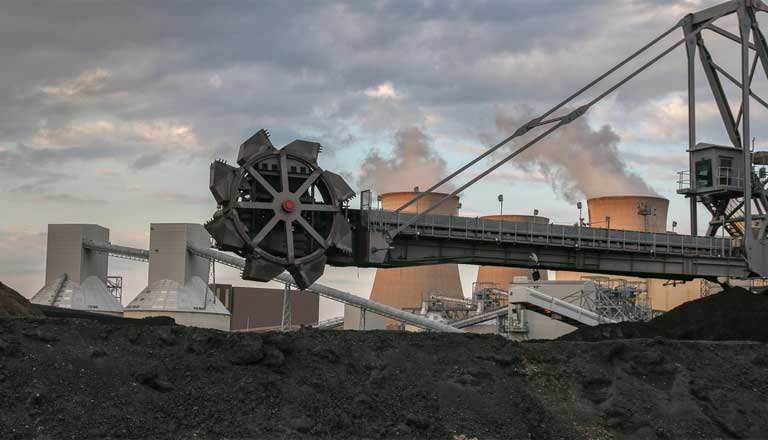
Anti-forest biomass view: burning wood bad for forests and climate
A 2014 study published in Nature titled “Rate of tree carbon accumulation increases continuously with tree size,” is one of many that takes clear aim at the forest industry’s old trees vs. young trees carbon sequestration argument, and denies its veracity. It analyzed 403 tropical and temperate tree species globally, with the authors reaching this conclusion:
Large, old trees do not act simply as senescent [aging] carbon reservoirs, but actively fix large amounts of carbon compared to smaller trees; at the extreme, a single big tree can add the same amount of carbon to the forest within a year as is contained in an entire mid-sized tree… Our results resolve conflicting assumptions about the nature of tree growth, inform efforts to understand and model forest carbon dynamics, and have additional implications for theories of resource allocation and plant senescence.
The position taken by the biomass industry that “sustainable” logging does not harm a forest’s carbon-capturing capacity — and even improves it — offers support to the most contentious aspect of the U.N.’s and EU’s policy regarding biomass: that forest biomass is a renewable energy resource on par with zero emission wind and solar.
The reasoning? Newly planted trees and forest growth immediately offset the carbon emissions produced by burning millions of tons of wood pellets annually.
Thus, countries burning wood pellets — made up of whole trees, lumber waste and forest residue — are not required to report emissions at the smokestack like they are when burning coal. But those emissions to the atmosphere exist regardless.
A top EU official recently went so far as to say that this carbon accounting loophole is critical to EU nations meeting their carbon-reduction pledges under the Paris Agreement — at least on paper. But science shows that what happens in the atmosphere is quite different.
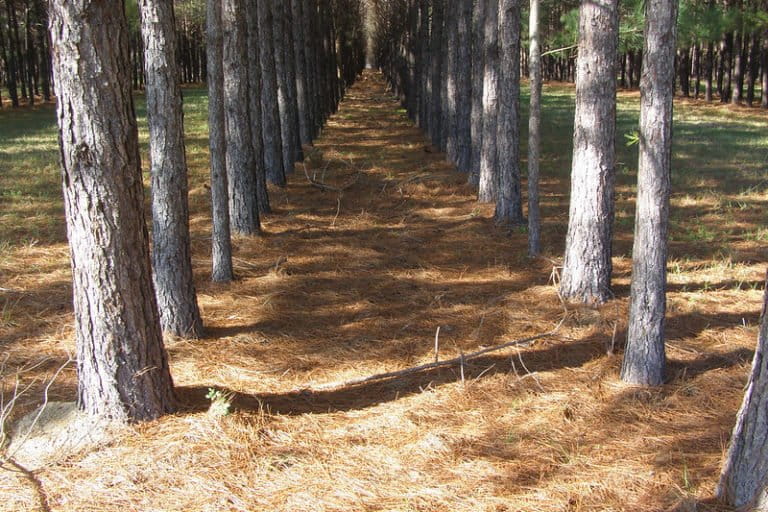
Carbon balance arguments
A 2020 study called “Paper Tiger: Why the EU’s RED II biomass sustainability criteria fail forests and the climate,” addresses sustainable logging claims with this example:
A 100,000-hectare natural forest, the paper postulates, is capable of sequestering 400,000 tons of CO2 from the atmosphere into new growth annually. The industry would therefore argue that it could harvest 400,000 tons of trees from part of the forest “sustainably” as long as other parts of the forest kept growing and sequestering carbon, to maintain the carbon balance.
This, says the 2020 study, is wishful thinking. Annual forest re-growth may absorb a small portion of the stored carbon lost due to 400,000 tons of biomass burned, but that 100,000-hectare forest, no matter how well managed, is incapable of absorbing all of those emissions quickly; it could in fact take many decades — time the world doesn’t have to curb carbon emissions.
According to Paper Tiger, harvested trees, turned into pellets and burned, are immediately registered by the atmosphere as an increase in CO2 concentrations, and add to the destabilization of Earth’s climate. The study adds:
Even though the harvesting was ‘sustainable,’ the biomass is not ‘zero emissions’ or ‘carbon neutral.’ A symptom of this error is that estimates of landscape carbon balance are extremely susceptible to the size of the area assessed. Biomass producers [to get desired research results] need to define large sourcing areas, even if they only actually harvest a small proportion, as this allows them to claim carbon sequestration over the entire area as offsetting carbon loss in the logged area.
Still, the biomass industry offers another argument touting its product as a vital climate solution: a 2021 study, published in GCB-Bioenergy, concluded that even though forest biomass “carbon neutrality should not be assumed by default,” the value of biomass as a transitional fuel to get us safely to a post-carbon world is worthwhile over coming decades:
Biomass-based electricity can provide balancing power needed to maintain power stability and quality as the contribution from solar and wind power increases, complementing other balancing options such as battery storage, reservoir hydropower, grid extensions and demand-side management.

The coal vs. wood pellets conundrum
There is one area in which these adversaries find agreement: biomass proponents and forest advocates concur that burning more wood pellets has led to a dramatic decline in coal usage across the EU and United Kingdom. In fact, 19 of 27 EU nations and the UK are on track to phase out coal by 2030.
However, while the biomass industry proclaims this fossil-fuel decline as an unmitigated win for the climate, a host of studies conclude otherwise: because wood pellets are less energy dense than coal, pellets actually produce more carbon pollution per unit burned than coal does to generate the same amount of electricity.
“Because combustion and processing efficiencies for wood are less than coal, the immediate impact of substituting wood for coal is an increase in atmospheric CO2 relative to coal,” according to a 2018 study in Environmental Research Letters. “The payback time for this carbon debt ranges from 44–104 years after clear cut, depending on forest type —assuming the land remains forest. Surprisingly, replanting hardwood forests with fast-growing pine plantations [a common practice in the U.S. Southeast] raises the CO2 impact of wood because the equilibrium carbon density of plantations is lower than natural forests.”
Implied in this study is something else on which the two sides agree: assuming that forests cleared for wood pellets really are replanted with similar tree species, burning those wood pellets really is carbon neutral. But the biomass industry tends to talk past the 44-100 years required for carbon neutrality to take place.
The U.N. Intergovernmental Panel on Climate Change (IPCC) made clear in 2018 that the planet has little time to drastically reduce emissions to avoid accelerating catastrophic climate impacts. IPCC authors wrote:
The report finds that limiting global warming to 1.5°C (over a 1900 baseline) would require ‘rapid and far-reaching’ transitions in land, energy, industry, buildings, transport, and cities. Global net human-caused emissions of carbon dioxide would need to fall by about 45 percent from 2010 levels by 2030, reaching ‘net zero’ around 2050.
The European Commission is expected to release a draft of its proposed revisions to the EU Renewable Energy Directive (REDII) by July 14. Implementation of that revised policy will help determine the effectiveness of the EU’s future emission-reduction pledges, and their real-world mitigation results or failures. That outcome — and the future of our planet — is partly dependent on whose science the majority of Commission members believes.
Justin Catanoso, a regular Mongabay contributor, is a professor of journalism at Wake Forest University in North Carolina. Follow him on Twitter @jcatanoso
Banner image: Aerial photo of trees stacked at a wood pellet processing plant in the U.S. Southeast. Image courtesy of the Dogwood Alliance.
Related listening from Mongabay’s podcast: reporter Justin Catanoso discusses the many questions surrounding the sustainability of biomass energy, listen here:
Citations:
Searchinger, Timothy D., Hamberg, Steven P., et al. Fixing a Climate Accounting Error. Science 23 Oct 2009: Vol. 326, Issue 5952, pp. 527-528. DOI: 10.1126/science.1178797
Miner, Reid A., Abt Robert C., et al. Forest Carbon Accounting Considerations in US Bioenergy Policy. Journal of Forestry 112(6): 591-606
Stephenson, N., Das, A., Condit, R. et al. Rate of tree carbon accumulation increases continuously with tree size. Nature 507, 90–93 (2014)
Cowie, Annette L., Berndes, Göran, et al. Applying a science-based systems perspective to dispel misconceptions about climate effects of forest bioenergy. GCB-Bioenergy
Sterman, John, D., Siegel, Lori, et al. Does replacing coal with wood lower CO2 emissions? Dynamic lifecycle analysis of wood bioenergy. Environmental Research Letters 13 015007
FEEDBACK: Use this form to send a message to the author of this post. If you want to post a public comment, you can do that at the bottom of the page.
